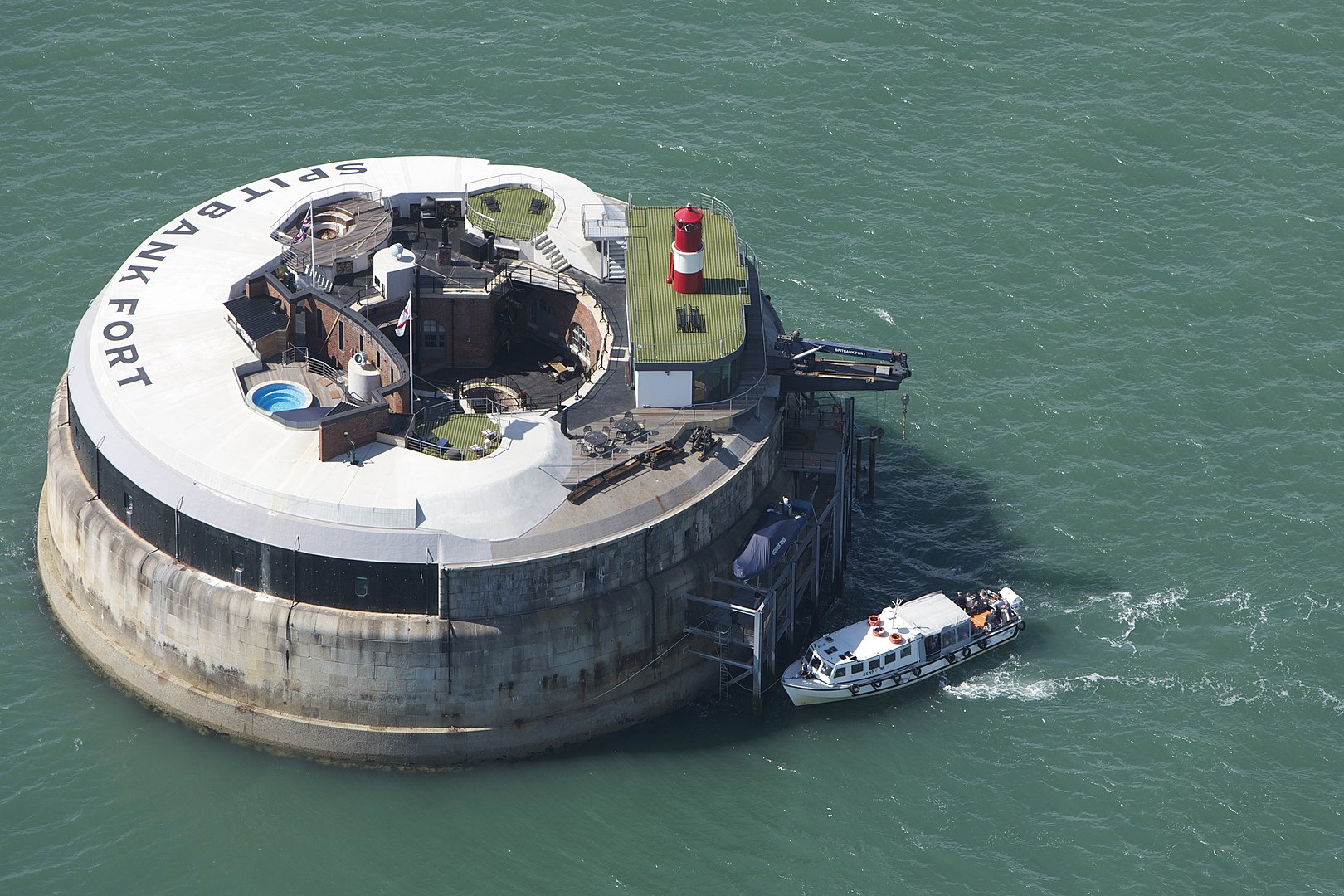Cluttons’ Head of Project and Building Consultancy Robert Burke and Ben Warman, Partner, Real Estate & Construction at Lockton, discuss the implications of the UK’s Covid-19 lockdowns on building maintenance and insurance practices.
Covid-19 has caused, and continues to cause, extraordinary levels of disruption to the real estate sector and the insurance market that serves it with property owners struggling to manage and maintain unoccupied properties.
Insurers, in some instances, relaxed inspection requirements for unoccupied buildings for a limited period during lockdowns and it was up to owners and occupiers to take appropriate preventative measures. The priority was on protecting businesses and rental income with differing push and pull factors from landlords and tenants. A number of the day to day management tasks were more difficult; with travel bans affecting regular inspections. Where practicable, many took steps to maintain and test fire systems – particularly in residential buildings. Commercial property owners did their best to secure perimeters and ensure adequate building security.
With pressure on revenue, preventatives such as installing or extending CCTV, reconfiguring alarm systems were even less affordable. In April 2020, a month into the UK’s first national lockdown, QuestGates reported a 50 per cent drop in property claims. May 2020 saw fewer still. Evidence suggests that this was less to do with site visits and enhanced security and more to do simply with the fact that businesses were not present, and properties were vacant. By June 2020, as lockdown 1 ended, it was back to business as usual on the number of claims.
One of the challenges faced by building owners and managers was a widespread lack of availability of materials, and initial uncertainty over whether construction sites could remain open. This often led to significant delays to scheduled site visits or for remedial work to be undertaken. Most contractors continued to respond to emergencies, but costs increased. Social distancing restricted workers’ access to buildings, adding to costs and lengthening timescales.
A surge in homeowner enthusiasm for domestic renovation projects contributed to shortages of labour and materials. Price spikes were often exacerbated by pandemic-induced disruptions to global supply chains. This again led to constricted supplies of construction materials and parts.
The potential consequences of such challenges are obvious. If a damaged property is not promptly repaired, costs can quickly escalate. However, a recent QuestGates analysis of claims found little trace of any noticeable increase in costs since the pandemic began and over the course of an eight-month period during the Covid-19 crisis, Sedgwick detected only an average 0.7% increase in costs for commercial property claims.
As the United Kingdom moves tentatively towards an emerging new normal, the fallout from this unprecedented era has both current and longer-term implications for the real estate sector. More settled claims trends are now beginning to emerge in the partially post-pandemic phase we’ve been in since March this year.
Looking to the future
Asset values have clearly been impacted – not least by what may turn out to be lasting changes to how and where people choose to live and work. Meanwhile, insurers are likely to impose new policy coverage restrictions, sometimes increased policy excesses, or in the worst cases, withdraw coverage altogether for buildings left unoccupied over extended periods. Until the true new normal settles in, the key will be ensuring that affected properties are well maintained, weather-proofed and secure against unauthorised entry.
Insurance premiums are likely to increase, to cover the costs of increased claims, and materials shortages, that have been well published, are set to continue. There is ensuing chaos in the shipping industry as well with suppliers struggling to secure passage and even get products to ports around the world. Restrictions in ports have also led to delays at the other end. This has pushed prices up and caused problems with procurement and supplies – leading to delays on construction projects. The easing of restrictions is not expected to have an immediate impact on the availability of materials or on the resulting increase in pricing.
Landlords might well find they now have control of vacant buildings with a backlog of maintenance issues and damage together with no tenant to pay rent and a depleted service charge. Tenants may feel that they are in a good position to do deals with landlords, although ignoring such works will store problems for the future.
In addition, there has for some time been a shortage of home-grown construction skills. Such shortfalls have been filled from Europe and elsewhere. Europeans particularly started to return to their countries before Brexit and this level of return increased during the pandemic. Since then travel restrictions and fewer, more expensive, flights have made it difficult for them to return to the UK. This skills shortage has delayed projects and fundamentally pushed up costs, with bricklayers and plasterers anecdotally charging three times what they used to
What to do?
If you have got a schedule of works required in the form of a priced specification, a Planned Preventative Maintenance schedule (PPM) or just some lines on a service charge budget, now is the time to review these. Prioritise urgent and health and safety matters first. You will then need to work with your surveyor to ensure you have up to date prices, and a plan for the remainder of the work. Surveyors will be able to help with procurement and to advise over supply chain and any delivery issues.
If you do not have a PPM now is the time to get yourself one to map out what is needed against funds available.
You should also check your insurance policy and work with your property and insurance advisers to assess whether any claims may have merit.
It is also worth considering tax breaks and the affordability of projects. Capital Allowances offer a unique form of Value Engineering – if projects utilise capital allowance savings to realise an additional 5, 10 or 15% of value, scheme opportunities are substantially increased. Capital allowances remain of value if a project has begun or is even complete, entitlement will not generally diminish. Proactive planning, however, will exploit all optimal project opportunities and maximise savings.
More recently the UK’s economic recovery was placed at the heart of the Budget earlier this year, unlocking significant cash reserves through increased Capital Allowances, and with an expected investment into the property sector of £20-30 billion over the next few years, there is a great deal of value for clients. Companies will be able to claim these quite remarkable levels of capital allowances in the form of 130 per cent ‘Super Deductions’ for General Plant, along with new ‘First Year Allowances’ which will be available for all Integral Feature assets at 50 per cent in the first year. This essentially means clients can realise savings over and above full cost deductions rather than just accelerating the mitigation of a tax liability. Furthermore, the extended Annual Investment Allowances tax relief of £1 million per annum currently remains in place.
This should encourage companies to view future or new projects more immediately, stimulating clients to bring projects forward, no doubt providing a great catalyst to increase construction expenditure. Certainly, both increased cashflow and permanent savings will aid business confidence, which is very much needed.
Finally, with a backlog of work and some favourable capital allowances as well as a landscape of vacant or underutilised building – now is the time to consider works and projects. These will need careful management and planning to prioritise and work through supply issues.
Now, more than ever, is a time for landlords and tenants to work together.




